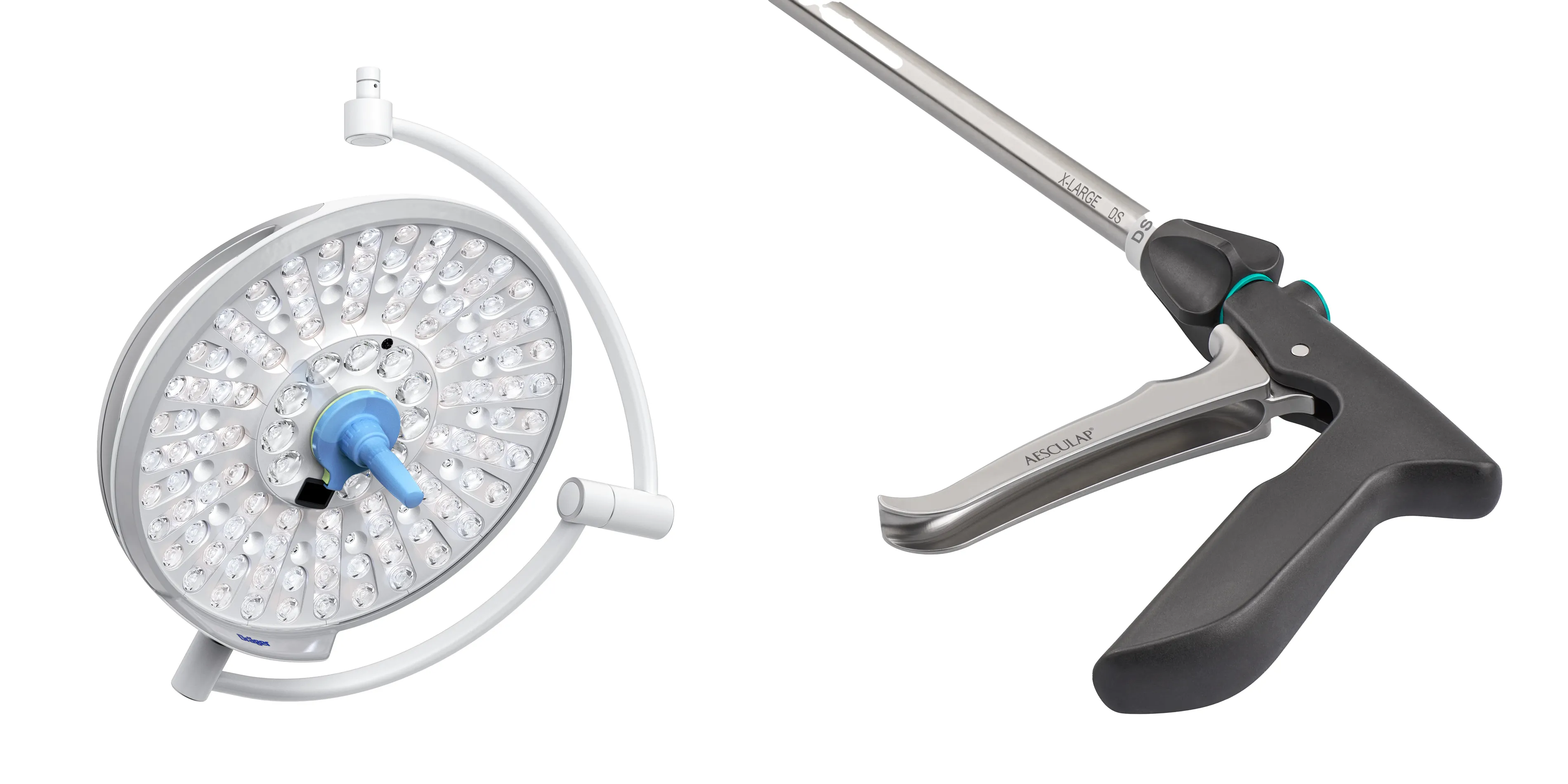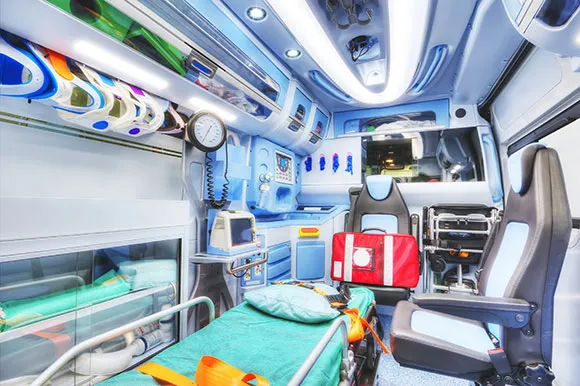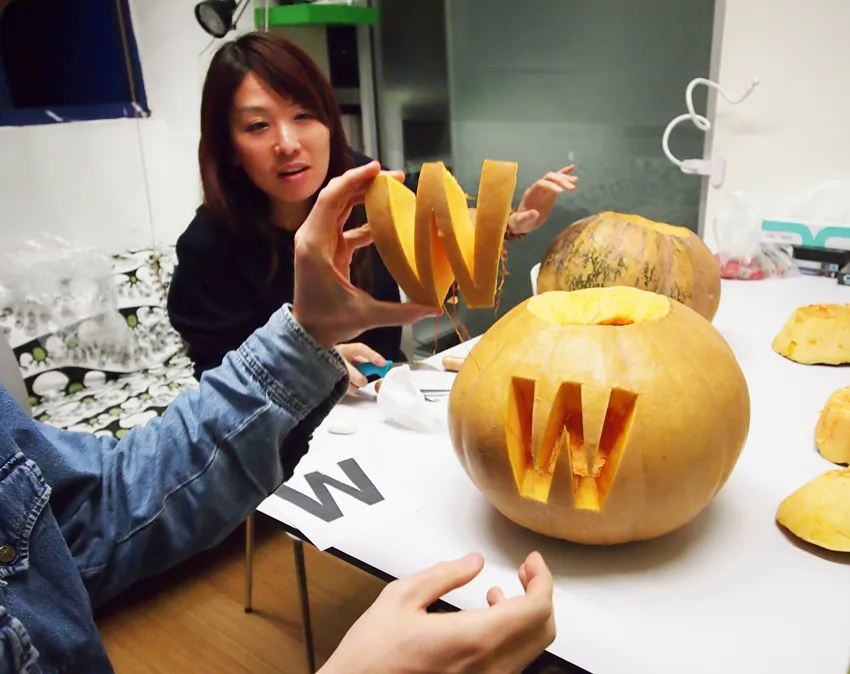Perspective
Ambient Assisted Living - buzzword or future trend?
In ageing societies such as ours or in Japan, for example, attempts have been made for some years now to develop technology-supported solutions to problems that are intended to alleviate future bottlenecks in the care of the elderly. Ambient Assisted Living (AAL) is a field of research and development that aims to develop a wide range of current and future technologies such as self-learning systems, smart homes and telemedicine concepts to support older people. Wikipedia describes this as "self-determined living through innovative technology."
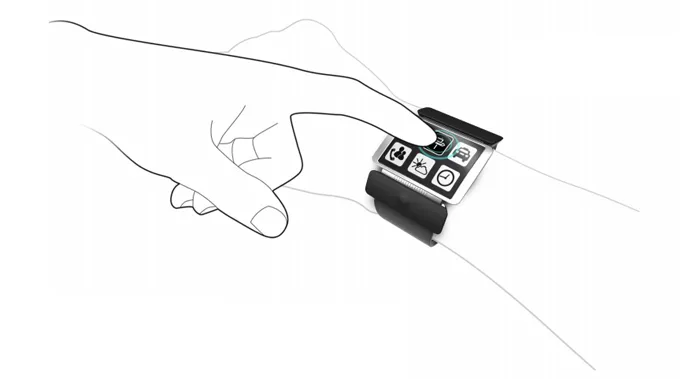
What can we as WILDDESIGNers and as a medical design office contribute to AAL?
What interests and fascinates us personally is always the interaction between people and technology. How do old people want to interact with technology? We know from many projects how difficult this question is to answer. After all, the predominantly conservative attitude of the target groups cannot simply be broken up with a great new device. On the other hand, the Apple ipad or iphone example shows us time and again that older people only need support and encouragement from trusted people to warm up to the new technology and then don't want to give it up at all. So what kind of technology does our target group want? Just think of the un-smart phones for senior citizens, which are almost always rejected or end up in a drawer.
Start of a research project
About 20 months ago, the opportunity arose to start a project with our project partners, supported by federal BMBF funds, which had the working title Senio Mobil* (project title BMBF/explanation of the name see below). Together with the Fraunhofer Institute IPMS in Dresden, the companies Mastersolutions, Binder Elektronik and Vodafone, as well as the Bundeswehr University in Munich, we selected the Senio Mobil* (project title BMBF), a "system to support the mobility of older people in urban areas", from the initial ideas.
There is no doubt that this idea is not entirely new. But how can a device be developed that supports people with age-related limitations and is also appreciated and used by them in everyday life? Participation in public life, mobility outside the home - this should be possible again or even longer with the help of Senio Mobil* (project title BMBF).
We developed, designed, analyzed, tested, created several generations and variants of prototypes and tested them again. The close collaboration with the Bundeswehr University in Munich, who always had the social science perspective from the user's point of view in mind, was particularly enlightening for the design team, as a large number of adjustments and changes had to be made based on feedback from future users.
Participatory development process
The interdisciplinary composition of the partners meant that a largely participatory development process could be realized from the outset. Our design team led by Marc Ruta and Dennis Kulage analyzed the target groups, the environmental conditions and created a large number of different design drafts. Feedback was always obtained from the target group, resulting in several successive design generations of housing shapes and user interfaces.
SUPPORTING THE MOBILITY OF OLDER PEOPLE IN URBAN AREAS

What can our AAL prototype actually do?
Senio Mobil* (project title BMBF) is an open system design. This means that many functions and services can be included. The system consists of a watch-like end device and a web-based network of services and communication interfaces that are fed via a central server.
Possible functions:
- Emergency call function (emergency doctor, family doctor, police) with several escalation levels
- Notification of trusted persons (configurable)
- Navigation support for the way home
- Automatic cab call
- Reminder and dosing function for taking medication
- Provision of medical information (blood group, allergies, intolerances, medication taken, illnesses of the user)
- Bluetooth (direct communication via the hearing aid possible)
- Provision of event information and news
- Fall detection
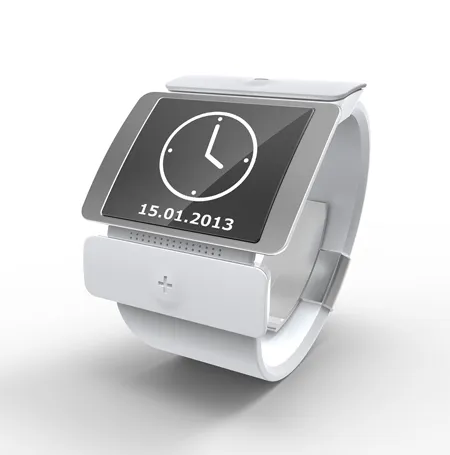
Our first functional prototype has now been presented to the public by Fraunhofer IPMS in a short television report by MDR. (Mr. Holland, thank you very much for the convincing presentation) Even if there will still be some changes to the design before it is ready for series production, you can see how the system could help. You can find more information on how the system works and how it is designed in the project outlines of our project partners.
-> More blog posts on the topic of medical and medical technology
Explanation of the provisional name Senio Mobil: This term can no longer be used permanently and commercially for the project because it is protected as a brand name of the company Seniomobil, owned by Mr. Stefan Ohlinger. However, as the funding application was submitted under this project title and approved by the BMBF, we take the liberty of using it in this article with reference to the trademark owner.
Frequently asked questions


